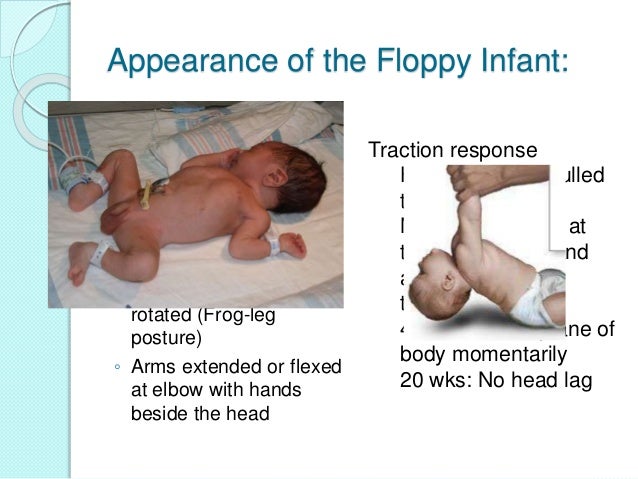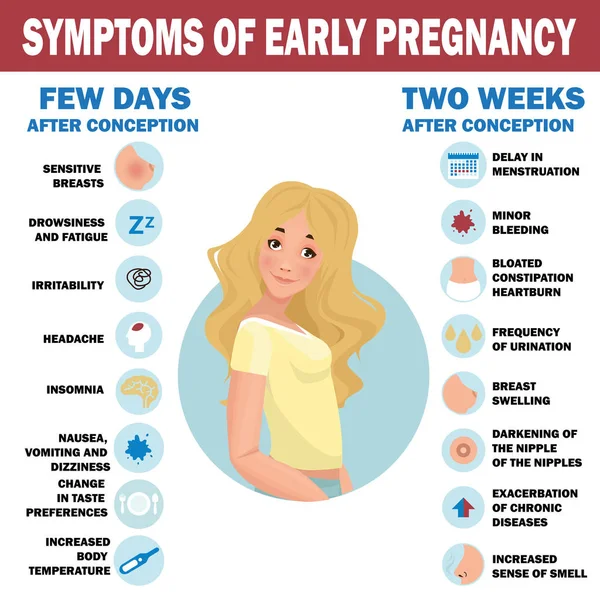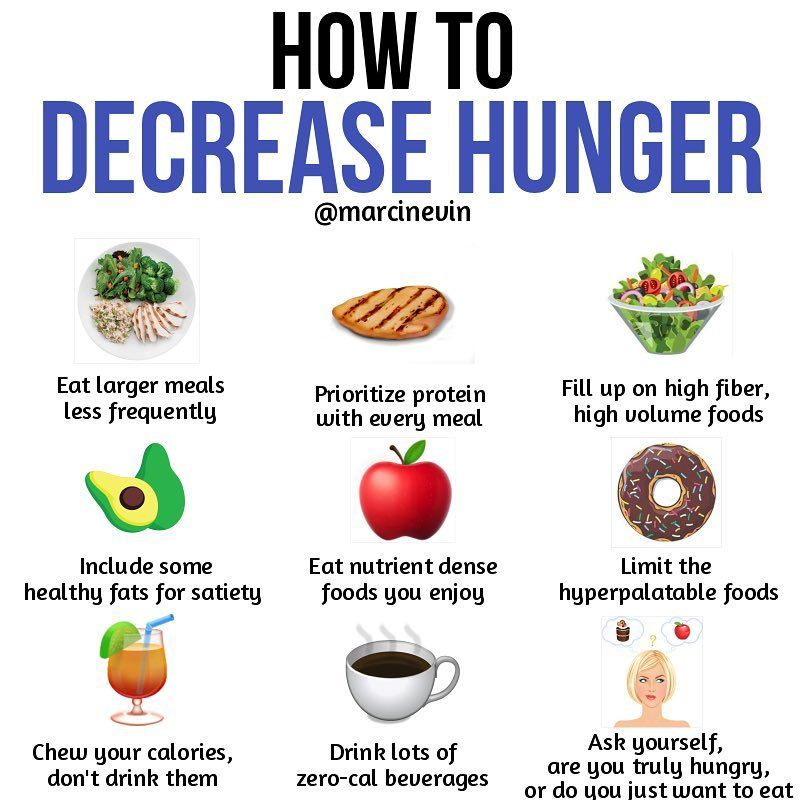Yogurt allergy in baby
Yogurt Allergy: Symptoms, Treatment, and More
Overview
Do you think you may be allergic to yogurt? It’s entirely possible. Yogurt is a cultured milk product. And an allergy to milk is one of the more common food allergies. It’s the most common food allergy in babies and young children.
However, even if you can’t tolerate yogurt, you may not have an allergy. There are other conditions with similar symptoms. If you think you may have a problem with yogurt, your doctor can help you determine your next steps.
Read on to learn more about possible causes for an intolerance to yogurt.
An allergic reaction is your body’s response to a specific food protein it sees as a threat. A yogurt allergy is really a milk allergy.
Cow’s milk allergy is most common in young children. It affects 2.5 percent of children younger than 3 years old. Most children eventually outgrow this allergy.
Symptoms of an allergic reaction often occur within two hours of ingestion. These include:
- hives
- swelling
- itching
- abdominal pain
- vomiting
Some milk allergies can lead to a life-threatening reaction called anaphylaxis. Your doctor may ask you or your child to carry an epinephrine auto-injector.
Treatment for mild milk allergy symptoms includes short-acting antihistamines, such as diphenhydramine (Benadryl), or longer-acting antihistamines, which include:
- cetirizine hydrochloride (Zyrtec)
- fexofenadine (Allegra)
- loratadine (Claritin)
If you have a milk allergy, you won’t be able to eat yogurt. You’ll also be asked to avoid all milk or products that contain milk, such as cheese and ice cream.
A milk allergy isn’t the same as lactose intolerance. An allergy is an immune reaction to the proteins in milk. If you’re lactose intolerant, your body lacks the ability to break down lactose, a milk sugar, in your small intestine.
Bacteria in your gut ferment the lactose when it’s not broken down.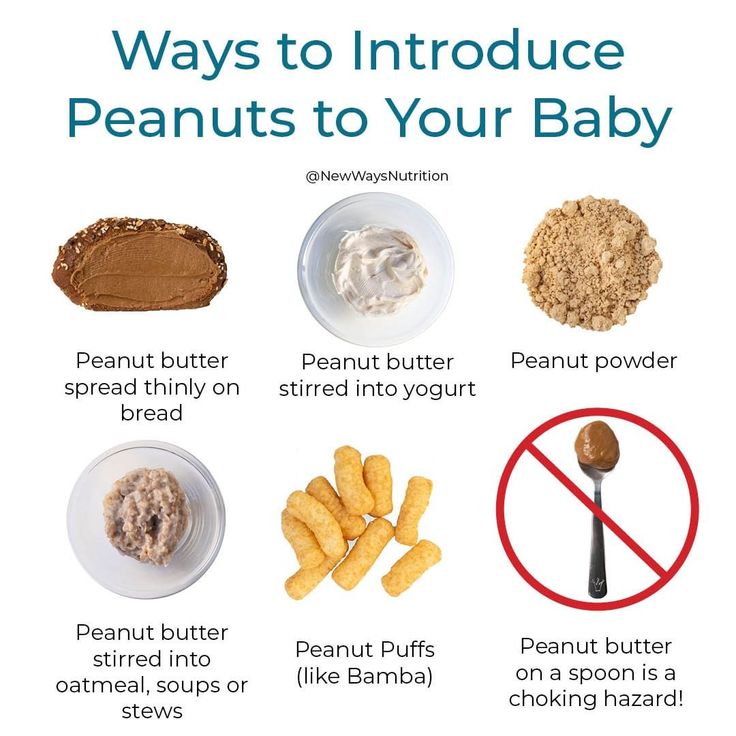 The symptoms of lactose intolerance include:
The symptoms of lactose intolerance include:
- gas
- abdominal pain
- bloating
- diarrhea
These symptoms can appear anywhere from 30 minutes to a few hours after having dairy.
Lactose intolerance is very common and affects approximately 65 percent of the global population.
If you’re lactose intolerant, you may be able to tolerate yogurt better than milk or cream. That’s because yogurt has less lactose than most dairy products. Everyone responds to dairy differently, so your tolerance may be different than someone else who’s lactose intolerant.
Greek yogurt has less lactose than regular yogurt because more of the whey is removed. Greek yogurt is one of the most easily digestible dairy foods. Just make sure “whey protein concentrate” isn’t on the ingredient list. This is sometimes added to increase protein, but also increases the lactose content.
It’s also possible in some cases that lactose intolerance can be treated by taking lactose enzyme replacement pills.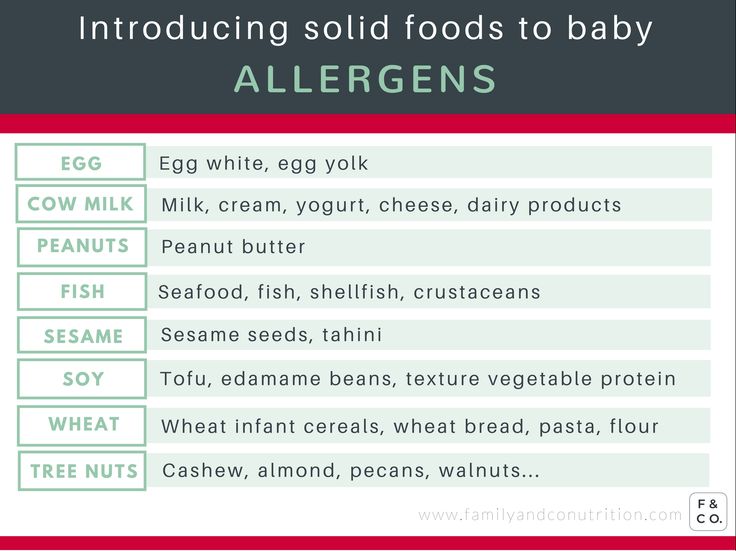 Lactose-free dairy milk may also be available.
Lactose-free dairy milk may also be available.
Sometimes after eating yogurt, your symptoms can resemble an allergic reaction but blood tests may prove otherwise. It’s possible your watery eyes or nasal congestion could be your body’s response to the histamine in yogurt.
When your body creates histamine, it causes the symptoms of an allergic reaction. Histamine is also found in many foods, including:
- sardines
- anchovies
- yogurt
- other fermented foods
Dairy alternatives are common in most grocery stores today. Dairy-free or vegan butter, plant-based milks and yogurts, and vegan cheeses are all options for those with a milk allergy as long as cross-contamination with milk-containing products hasn’t occurred.
If you think you may have a yogurt allergy, see your doctor for a diagnosis. You may have a milk allergy or you may be lactose intolerant. Seek immediate medical care if your symptoms persist, especially if you have any symptoms that resemble anaphylaxis, such as trouble breathing.
Yogurt Allergy: Symptoms, Treatment, and More
Overview
Do you think you may be allergic to yogurt? It’s entirely possible. Yogurt is a cultured milk product. And an allergy to milk is one of the more common food allergies. It’s the most common food allergy in babies and young children.
However, even if you can’t tolerate yogurt, you may not have an allergy. There are other conditions with similar symptoms. If you think you may have a problem with yogurt, your doctor can help you determine your next steps.
Read on to learn more about possible causes for an intolerance to yogurt.
An allergic reaction is your body’s response to a specific food protein it sees as a threat. A yogurt allergy is really a milk allergy.
Cow’s milk allergy is most common in young children. It affects 2.5 percent of children younger than 3 years old. Most children eventually outgrow this allergy.
Symptoms of an allergic reaction often occur within two hours of ingestion.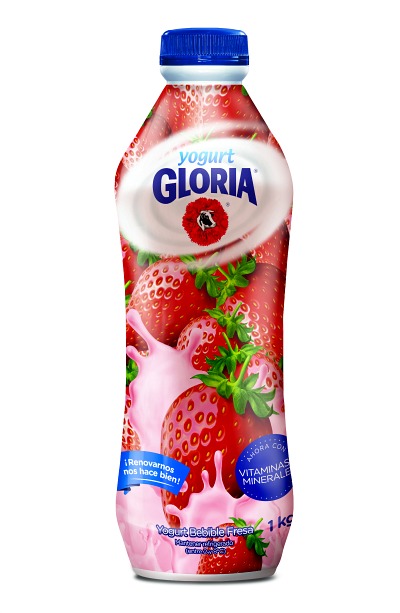 These include:
These include:
- hives
- swelling
- itching
- abdominal pain
- vomiting
Some milk allergies can lead to a life-threatening reaction called anaphylaxis. Your doctor may ask you or your child to carry an epinephrine auto-injector.
Treatment for mild milk allergy symptoms includes short-acting antihistamines, such as diphenhydramine (Benadryl), or longer-acting antihistamines, which include:
- cetirizine hydrochloride (Zyrtec)
- fexofenadine (Allegra)
- loratadine (Claritin)
If you have a milk allergy, you won’t be able to eat yogurt. You’ll also be asked to avoid all milk or products that contain milk, such as cheese and ice cream.
A milk allergy isn’t the same as lactose intolerance. An allergy is an immune reaction to the proteins in milk. If you’re lactose intolerant, your body lacks the ability to break down lactose, a milk sugar, in your small intestine.
Bacteria in your gut ferment the lactose when it’s not broken down. The symptoms of lactose intolerance include:
The symptoms of lactose intolerance include:
- gas
- abdominal pain
- bloating
- diarrhea
These symptoms can appear anywhere from 30 minutes to a few hours after having dairy.
Lactose intolerance is very common and affects approximately 65 percent of the global population.
If you’re lactose intolerant, you may be able to tolerate yogurt better than milk or cream. That’s because yogurt has less lactose than most dairy products. Everyone responds to dairy differently, so your tolerance may be different than someone else who’s lactose intolerant.
Greek yogurt has less lactose than regular yogurt because more of the whey is removed. Greek yogurt is one of the most easily digestible dairy foods. Just make sure “whey protein concentrate” isn’t on the ingredient list. This is sometimes added to increase protein, but also increases the lactose content.
It’s also possible in some cases that lactose intolerance can be treated by taking lactose enzyme replacement pills. Lactose-free dairy milk may also be available.
Lactose-free dairy milk may also be available.
Sometimes after eating yogurt, your symptoms can resemble an allergic reaction but blood tests may prove otherwise. It’s possible your watery eyes or nasal congestion could be your body’s response to the histamine in yogurt.
When your body creates histamine, it causes the symptoms of an allergic reaction. Histamine is also found in many foods, including:
- sardines
- anchovies
- yogurt
- other fermented foods
Dairy alternatives are common in most grocery stores today. Dairy-free or vegan butter, plant-based milks and yogurts, and vegan cheeses are all options for those with a milk allergy as long as cross-contamination with milk-containing products hasn’t occurred.
If you think you may have a yogurt allergy, see your doctor for a diagnosis. You may have a milk allergy or you may be lactose intolerant. Seek immediate medical care if your symptoms persist, especially if you have any symptoms that resemble anaphylaxis, such as trouble breathing.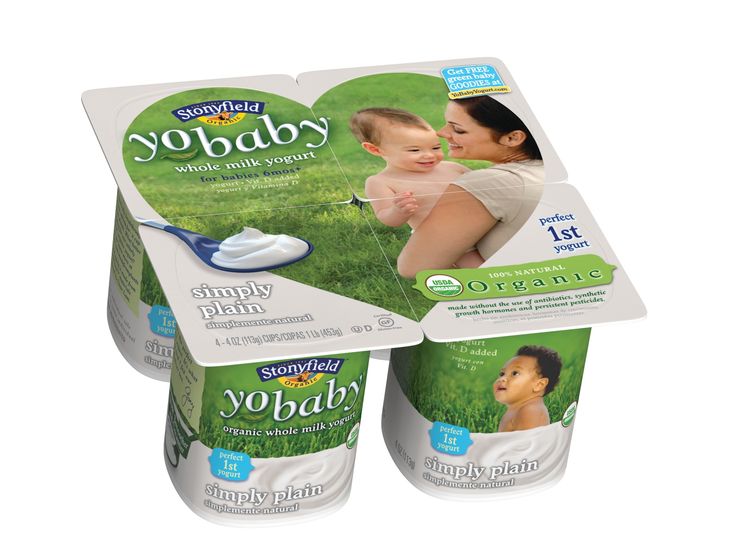
Good to know about MILK ALLERGY (melk)
MILK ALLERGY
Useful information about milk allergy – Information sheet of the Norwegian Asthma and Allergy Association
What is milk allergy?
When allergic to cow's milk protein, a strong reaction of the body's immune system may be the production of antibodies (IgE), or the activation of inflammatory cells. With every meal containing milk proteins, an allergic reaction of the immune system is observed in the form of the production of mediators, such as histamine, or a T-cell inflammatory reaction. Histamine is produced in several places in the body and leads to symptoms such as diarrhea, nausea, abdominal pain, or skin lesions (urticaria, eczema). nine0005
Cow's milk contains over 25 different proteins that can cause a reaction in "milk" allergies. For most people, an allergic reaction can be caused by more than one type of protein. The milk of other artiodactyls such as goat, horse and buffalo contains many of the same proteins. Therefore, allergy sufferers should not consume artiodactyl milk at all.
Therefore, allergy sufferers should not consume artiodactyl milk at all.
If a breastfeeding mother consumes cow's milk herself, some proteins may be transferred with breast milk to the baby's body and lead to negative consequences. Therefore, a breastfeeding mother should follow a dairy-free diet. nine0005
Cow's milk allergy is not the same as lactose intolerance. The latter occurs due to the reduced ability of the body to digest milk sugar (lactose). Lactose intolerance leads to stomach pain and diarrhea as a consequence of eating large amounts of dairy products with high levels of lactose (sweet milk, brown (goat) cheese, ice cream and cream).
Symptoms
The symptoms of a milk allergy are very individual. For some, they are minor and harmless, while for others, a severe allergic reaction can occur, even when drinking a small amount of milk. Gastrointestinal tract disorder is common. Not so often there is itching in the mouth and throat, swelling of the mucous membrane and breathing problems, which is especially true for young children. It is also common for them to develop eczema and hives on the skin. nine0005
It is also common for them to develop eczema and hives on the skin. nine0005
Who is affected?
Milk allergy is the most common type of allergy in young children, which is explained by the early introduction of cow's milk into the diet of infants (eg cereals or mother's milk substitute). About 2-5% of Norwegian babies (0-3 years old) suffer from this type of allergy.
Diagnosis
In order to determine the presence of milk allergy, the doctor must read the patient's medical history, as well as take a blood test for allergic antibodies and a Pirquet test. Not all milk allergy sufferers will show positive results from these tests. This is especially true for infants with symptoms such as vomiting, diarrhea, or blood in the stool. The only reliable way to find out if milk causes these symptoms is to eliminate milk from the diet for a period of time. When in doubt, reintroduce it back into the diet and see if symptoms return. For children who have not received milk for some time due to allergies, a control test using cow's milk should be performed to ensure that there is no allergic reaction. nine0005
nine0005
Predictions
Generally, cow's milk allergy has a fairly good prognosis. Most of the children get rid of it before reaching school age. Babies who have had negative test results are often allowed to resume milk intake after half a year or a year. It is not known how many adults suffer from milk allergy, but it is estimated that this number does not exceed one percent of the population.
Where is milk protein found? nine0004
Milk is found in many processed and prepared industrial foods. Therefore, when buying a product, it is important to familiarize yourself with the list of substances contained in it. The goods declaration must list all ingredients containing milk. A certain group of words used in such lists indicates the content of milk protein in the product: butter, yogurt, yogurt powder. nine0054
Cocoa butter, lactic acids and group E substances do not contain milk protein.
Diet
Milk is an important source of nutrients in the Norwegian diet.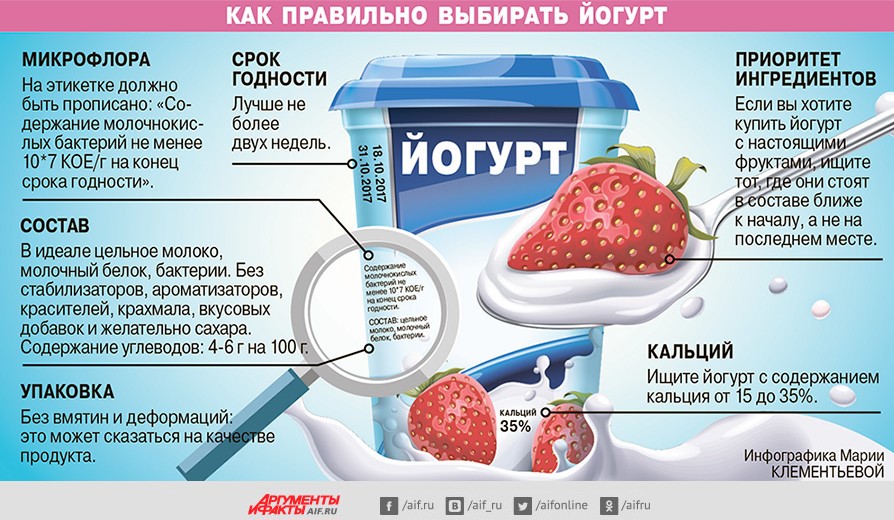 25% of the protein given to children, 70% of the iodine and about 70% of the calcium are obtained from dairy products. That is why, in cases of exclusion of dairy products from the diet, these products should be replaced with others that will provide the intake of the above nutrients. Alternatively, specially formulated additives can be used. nine0005
25% of the protein given to children, 70% of the iodine and about 70% of the calcium are obtained from dairy products. That is why, in cases of exclusion of dairy products from the diet, these products should be replaced with others that will provide the intake of the above nutrients. Alternatively, specially formulated additives can be used. nine0005
What can replace milk?
- Drinks: For small children, a hypoallergenic milk substitute is recommended, available from a pharmacy. These products can be purchased at a pharmacy or obtained from a blue prescription (prescription prescription). Because older children can be difficult to accustom to these milk substitutes due to their taste, it is recommended to start using substitutes as early as possible, for example during breastfeeding. Youth and adults can consume milk substitutes such as rice milk, oat milk, etc. The amount of calcium contained in these products corresponds to the calcium content in cow's milk, however, these drinks often contain less protein and nutrients.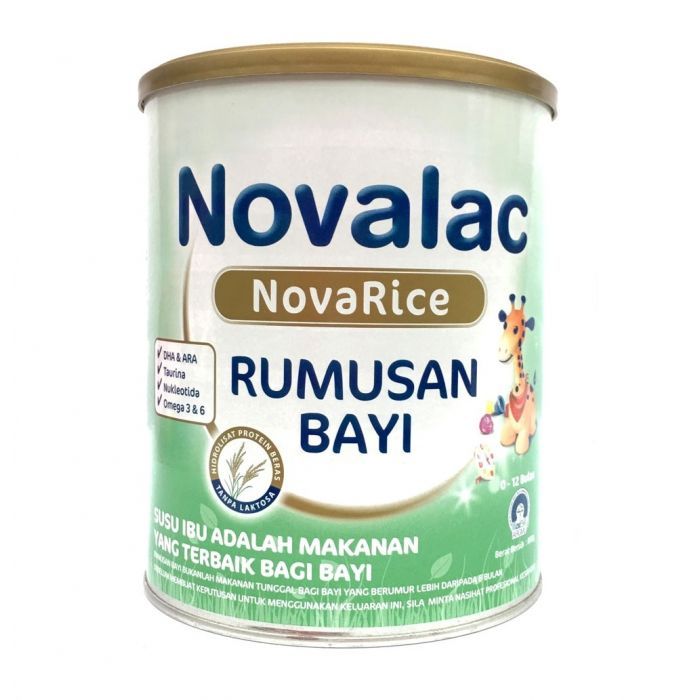 nine0005
nine0005
- Cooking: Pharmaceutical-purchased milk substitutes can be used in most meals. Depending on what you are cooking, you can use soy, rice or coconut milk.
- Other substitutes: The following products are available in a dairy-free version - margarine, sour cream, yogurt, ice cream and cream substitutes based on soy, rice or oats.
Allergy to yogurt - symptoms in a child and an adult
- Causes of allergies
- How does the reaction manifest itself?
- Is an allergic reaction dangerous?
- Allergy treatment
Dairy allergy is more common in children.
One of the most common active allergens is milk. People with food allergies often have a reaction to the protein. In this case, not only the drink itself becomes an irritant, but also the products that are created on its basis.
Children often suffer from milk. A child may have a negative reaction to kefir, butter, sour cream. Often there is an allergy to yogurt. Therefore, at the moment when the first symptoms of the lesion appeared, it is urgent to consult a doctor.
[contents]
Causes of allergies
Yogurt often causes irritation of the body both in childhood and in adulthood. However, the disease is more common in children. This is due to the fact that the body's immune defense considers products as a harmful component. nine0099 Many doctors believe that an allergic reaction in children can either appear suddenly or go away on its own when they reach a certain age.
Allergies to yogurt and other dairy products may be hereditary.
This scenario is possible, as often children "outgrow" allergies. By this time, the baby's gastrointestinal tract is getting stronger, and the body stops responding to the substances of yogurt.
However, this does not happen in all cases. Sometimes a child may have a hereditary predisposition to allergies. Then the allergy to yogurt and other dairy products will not go away on its own.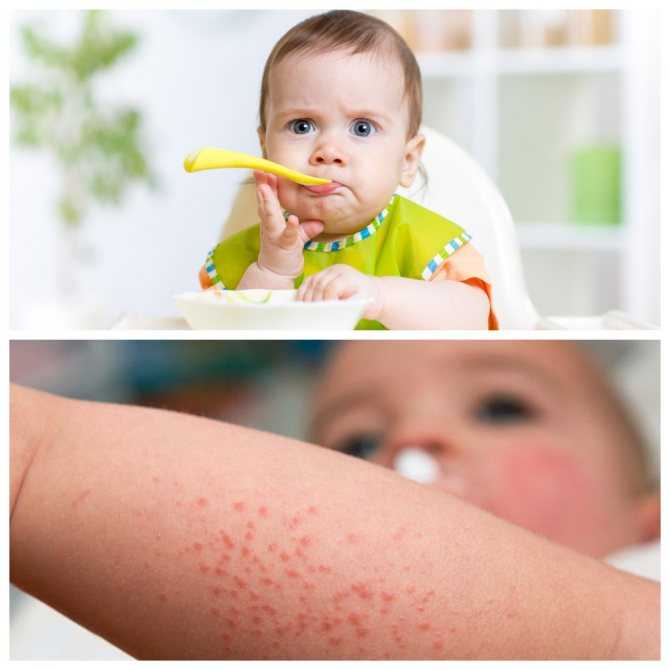 This is due to the fact that the protective function of immunity is reduced. Among other reasons for the occurrence of a reaction that causes an irritant, note:
This is due to the fact that the protective function of immunity is reduced. Among other reasons for the occurrence of a reaction that causes an irritant, note:
-
disruption of the gastrointestinal tract;
-
decrease in the functioning of the immune system due to regular infectious diseases;
-
the use of yoghurts with dyes, preservatives, flavorings and other harmful substances.
Also, the body may react to the penetration of the allergen due to a lack of enzymes to break down proteins. In this case, we can talk about intolerance to dairy products. nine0134
How does the reaction manifest itself?
Symptoms: redness and rash on the skin
Allergies in children often occur immediately after eating yogurt. Parents should carefully monitor the reaction of the body, as it is easier to eliminate symptoms in a timely manner than to subsequently treat allergies.
Signs of a reaction may occur after a few hours or the next day. Latent manifestations are considered especially dangerous, when an allergy is almost asymptomatic. But when detected, they can cause a particularly strong blow to the body, as well as disrupt the functioning of some organs. nine0099 In a child with an allergy, characteristic symptoms of the lesion may appear. At the first stage, there is a violation of the functioning of the organs of the gastrointestinal tract. In this case, appear:
This reaction is typical for allergies to any dairy products. When various harmful components are added to yogurt, signs may appear much more severe.
Allergic reaction to yogurt characterized by:
-
nausea;
-
vomiting; nine0005
-
diarrhea;
-
rashes on the surface of the skin;
-
urticaria;
-
severe itching;
-
tissue swelling;
-
redness of the skin surface.

In severe form of allergy, angioedema, anaphylactic shock may occur.
The child may develop symptoms of dermatitis on the skin. In this case, it is important to distinguish between a reaction to yogurt and signs of inadequate skin care for the baby. If hygiene procedures were carried out on time, then the surface of the skin should return to normal. With the further appearance of a rash and the absence of a decrease in symptoms, we can talk about an allergic reaction. nine0005
Is an allergic reaction dangerous?
If you are allergic to yogurt, you will most likely need to eliminate other dairy products from your diet.
An allergic reaction to yogurt can seriously affect a child's body. After all, it is impossible to completely cure it. In this case, it will be necessary not only to exclude yogurt directly from the baby's diet, but also other products that can cause a reaction.
Strong allergens are any milk-based products. Therefore, first of all, the drink itself is excluded, as well as any of its forms: melted, dry, fat-free, whole, with cream. nine0099 Child not allowed to eat:
nine0099 Child not allowed to eat:
-
condensed milk;
-
cottage cheese;
-
kefir;
-
cheese;
-
pudding;
-
custard.
If an allergy occurs, a doctor should be consulted immediately. In case of delay, the symptoms may worsen, and the child may begin anaphylactic shock and Quincke's edema. With weak manifestations of the reaction, the doctor will examine the child. Allergen testing may be required. nine0099 In the event of a severe injury, it is important to urgently call an ambulance. Arriving doctors will carry out resuscitation measures, eliminating signs of a reaction. Before the arrival of doctors, the child must be given an antihistamine (Suprastin, Diazolin), provide access to fresh air.
Allergy treatment
Cross allergens: nuts, chocolate.
A hypoallergenic diet is important as the first step in allergy treatment. Harmful substances that can adversely affect the body are excluded from the child's diet.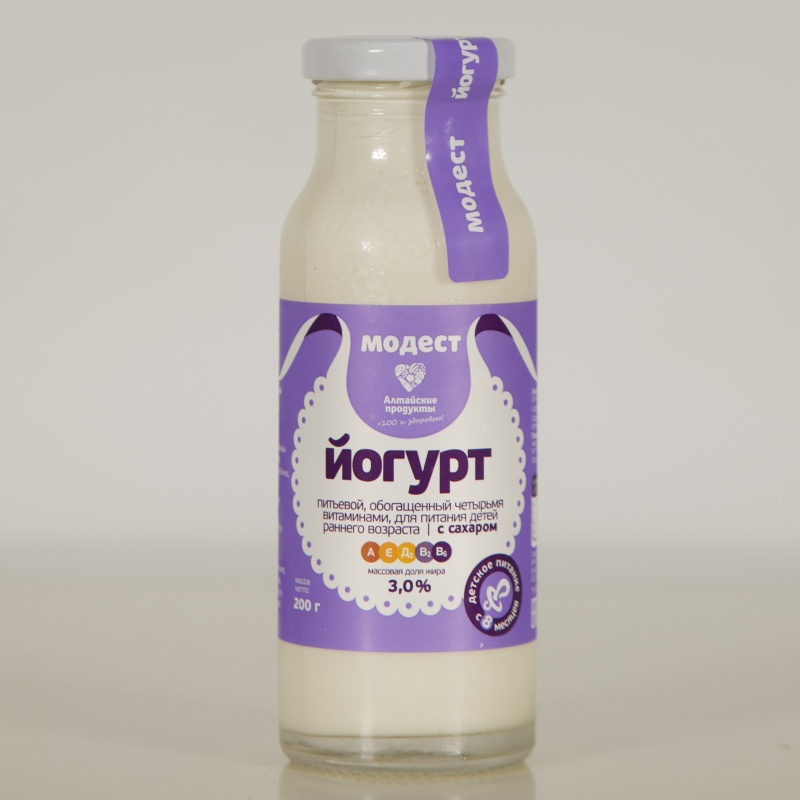 In addition to the above dairy products, beef should be abandoned. It often causes an allergic reaction due to the content of cow protein. nine0099 It is also necessary to remove any allergens that may increase the signs of damage. These include:
In addition to the above dairy products, beef should be abandoned. It often causes an allergic reaction due to the content of cow protein. nine0099 It is also necessary to remove any allergens that may increase the signs of damage. These include:
-
honey;
-
eggs;
-
chocolate;
-
nuts;
-
seafood.
If the allergen is not detected, then the medical institution has the possibility of conducting laboratory tests to determine the irritant. However, due to age, such an analysis is not allowed for all children. Therefore, some mothers will benefit from keeping a food diary. In this case, it will be possible to identify the allergen by eliminating it from the diet. nine0099 When an irritant is detected, the doctor prescribes a specific treatment.
Third generation antihistamines
Antihistamines are mandatory for allergies to yogurt and dairy products. Among them, drugs Suprastin, Diazolin, Tavegil are especially effective. They help to eliminate the symptoms of damage by blocking the production of histamine. But drugs can cause side effects. Therefore, it is better to replace them with second and third generation products that do not cause negative consequences:
They help to eliminate the symptoms of damage by blocking the production of histamine. But drugs can cause side effects. Therefore, it is better to replace them with second and third generation products that do not cause negative consequences:
-
Zyrtec;
-
Erius;
-
Telfast;
-
Claritin;
-
Zodak.
Activated carbon
Enterosorbents are used to remove the allergen from the body. They help to eliminate the allergic reaction by eliminating the harmful substance. These include:
Enzymes are taken to stabilize the work of the stomach and intestines. The most effective are Mezim, Pancreatin. nine0005
To improve the general state of the immune system, immunomodulating agents are prescribed. Among them are Immudon, Immunal.
In some cases, topical ointments are prescribed. For skin rashes, non-hormonal agents Bepanten, D-panthenol, Psilo-balm are prescribed.
